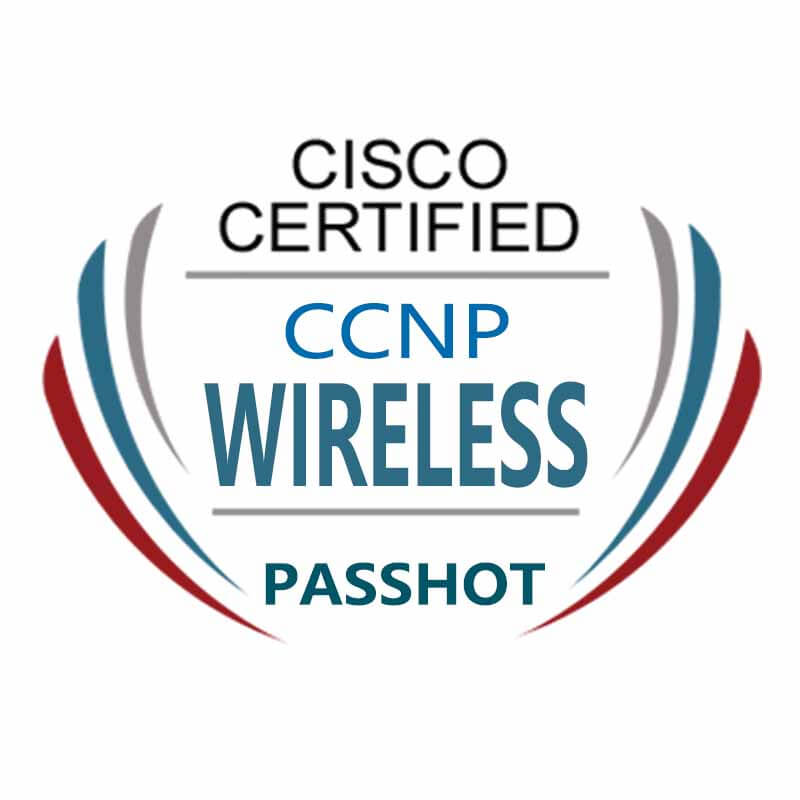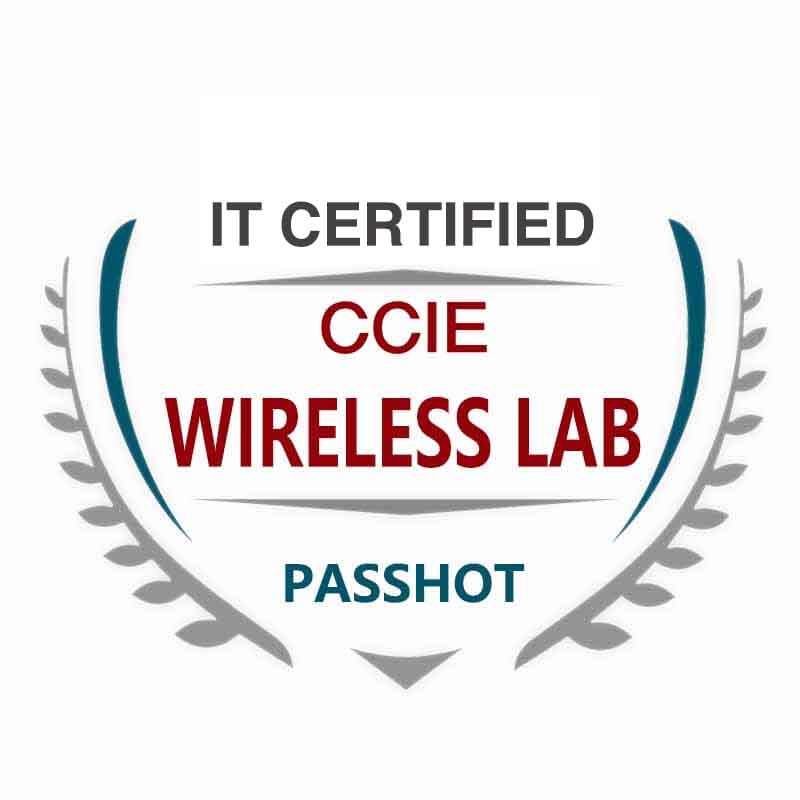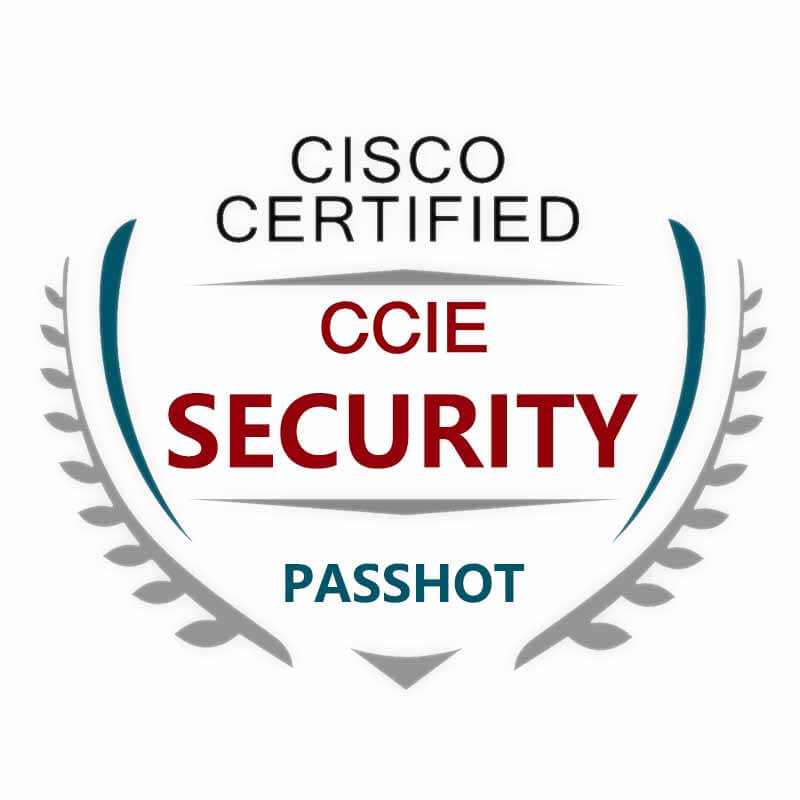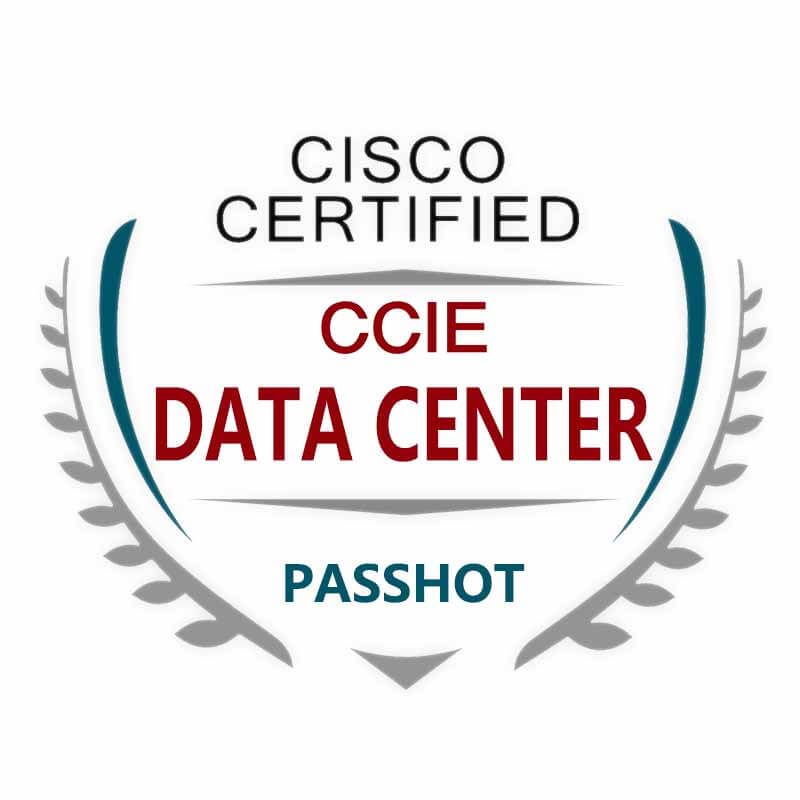100% Pass Cisco, PMP, CISA, CISM, AWS Dumps on SALE!
Get Now
01:59:56
X
2020 SIP technology introduction
SIP (Session Initiation Protocol) is a multimedia communication protocol formulated by IETF (Internet Engineering Task Force).
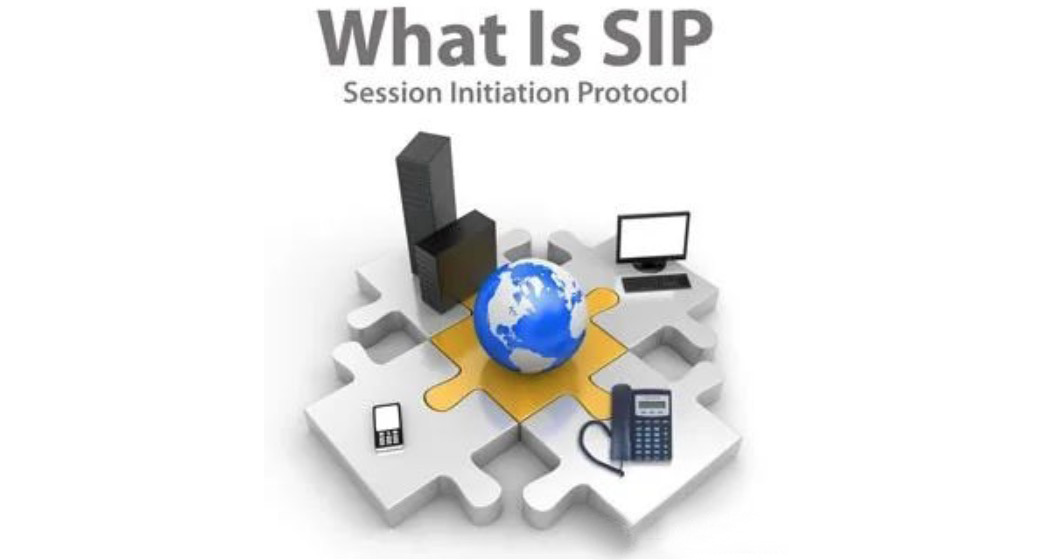
It is an application layer control protocol for multimedia communication on an IP network. It is used to create, modify and terminate the session process of one or more participants. SIP is an IP voice session control protocol derived from the Internet, which is flexible, easy to implement, and easy to expand.
SIP interoperates with the Resource Reservation Protocol (RSVP) responsible for voice quality. It also collaborates with several other protocols, including Lightweight Directory Access Protocol (LDAP) for location, Remote Authentication Dial-in User Service (RADIUS) for authentication, and RTP for real-time transmission.
With the advancement of computer science and technology, the IP data network based on packet switching technology has replaced the core position of the traditional telephone network based on circuit switching in the field of communication with its convenience and low cost. The SIP protocol, as an application layer signaling control protocol, provides complete session creation and session modification services for a variety of instant messaging services. Therefore, the security of the SIP protocol plays a vital role in the security of instant messaging.
SIP appeared in the mid-1990s and originated from the research of Henning Schulzrinne and his research team in the Computer Department of Columbia University. In 1996, he submitted a draft to the IETF, which contained important content of SIP. In 1999, Shulzrinne deleted irrelevant content related to media content in the new standard submitted. Subsequently, the IETF released the first SIP specification, RFC 2543.
The SIP protocol is a protocol under development and continuous research. On the one hand, it draws on the design ideas of other Internet standards and protocols, follows the principles of simplicity, openness, compatibility, and scalability that the Internet has always adhered to in style, and fully pays attention to the security issues in the open and complex network environment of the Internet.
On the other hand, it has also fully considered the support for various services of the traditional public telephone network, including IN services and ISDN services. Use SIP invitation messages with session descriptions to create sessions so that participants can negotiate media types through SIP interactions. It requests the user's current location through proxy and redirection to support user mobility. Users can also register their current location. The SIP protocol is independent of other conference control protocols. It is designed to be independent of the underlying transport layer protocol, so it can expand other additional functions flexibly and conveniently.
SIP sessions use up to four main components: SIP user agent, SIP registration server, SIP proxy server, and SIP redirect server.
These systems complete SIP sessions by transmitting messages that include the SDP protocol.
1. User agent
SIP User Agent (UA) is an end-user device, such as mobile phones, multimedia handheld devices, PCs, PDAs, etc., used to create and manage SIP sessions. The user agent client sends a message. The user agent server responds to the message.
2. Register the server
The SIP registration server is a database containing the locations of all user agents in the domain. In SIP communication, these servers will retrieve each other's IP address and other related information and send them to the SIP proxy server.
3. Proxy server
The SIP proxy server accepts the SIPUA session request and queries the SIP registration server to obtain the address information of the recipient UA. Then, it forwards the session invitation information directly to the recipient UA (if it is in the same domain) or proxy server (if the UA is in another domain). The main functions are: routing, authentication, billing monitoring, call control, service provision, etc.
4. Redirect server
The SIP redirect server maps the destination address in the request to zero or more new addresses, and then returns them to the client. The SIP redirect server can be on the same hardware as the SIP registration server and the SIP proxy server.
SIP uses the following logic functions to complete communication:
User location function: Determine the location of end users participating in communication.
User communication capability negotiation function: Determine the type and specific parameters of media terminals participating in communication.
Whether the user participates in the interactive function: Determine whether a terminal joins a specific session.
Call establishment and call control functions: including "ringing" to the called party, determining the call parameters of the calling party and the called party, call redirection, call transfer, call termination, etc.
SIP is not a vertically integrated communication system. SIP is more appropriately called a component, and it can be used as a part of other IETF protocols to construct a complete multimedia architecture.
Therefore, SIP should work with other protocols to provide complete services to end users. Although the functional components of the basic SIP protocol do not depend on these protocols. SIP itself does not provide services. However, SIP provides a foundation that can be used to implement different services.
SIP does not provide conference control services and does not suggest that conferences should be managed as such. A conference can be initiated by establishing other conference control protocols on SIP. Since SIP can manage the sessions of all parties participating in the conference, the conference can span heterogeneous networks. SIP cannot and does not intend to provide any form of network resource reservation management. Security is particularly important for the services provided. To achieve the desired degree of security, SIP provides a set of security services, including denial of service prevention, authentication services (user-to-user, agent-to-user), integrity assurance, encryption and privacy services.
Comparison of H.323 protocol and SIP protocol:
H.323 and SIP are protocols introduced by the two camps of the communications field and the Internet respectively. H.323 attempts to treat IP telephones as well-known traditional telephones, but the transmission mode has changed from circuit switching to packet switching.
The SIP protocol focuses on using IP telephony as an application on the Internet. Compared with other applications (such as FTP, E-mail, etc.), it adds signaling and QoS requirements. The services they support are basically the same, and they all use RTP as a media transmission. Agreement. But H.323 is a relatively complicated protocol.
H.323 defines special protocols for supplementary services, such as H.450.1, H.450.2 and H.450.3. SIP does not specifically define a protocol for this purpose, but it conveniently supports supplementary services or intelligent services. As long as you make full use of SIP's defined header fields, and simply extend SIP (such as adding several fields), you can implement these services.
In H.323, the call establishment process involves the third signaling message: RAS signaling channel, call signaling channel and H.245 control channel. Only through the coordination of these three channels can the H.323 call be carried out, and the call establishment time is very long. In SIP, the session request process and the media negotiation process are carried out together.
Although H.323v2 has made improvements to the call establishment process, it is still incomparable compared to SIP which only requires 1.5 loop delays to establish a call.
The H.323 call signaling channel and H.245 control channel require reliable transmission protocols. SIP is independent of low-level protocols, and generally uses unconnectable protocols such as UDP, and uses its own credit layer reliability mechanism to ensure reliable message transmission.
In short, H.323 follows the traditional telephone signaling mode. H.323 conforms to the traditional design ideas in the communication field, carries out centralized and hierarchical control, and adopts the H.323 protocol to facilitate connection with traditional telephone networks.
The SIP protocol draws on the design ideas of other Internet standards and protocols, and follows the principles of simplicity, openness, compatibility, and scalability that the Internet has always adhered to in style, which is relatively simple.
The above is the news sharing from the PASSHOT. I hope it can be inspired you. If you think today' s content is not too bad, you are welcome to share it with other friends. There are more latest Linux dumps, CCNA 200-301 dumps, CCNP Written dumps and CCIE Written dumps waiting for you.
Cisco Dumps Popular Search:
ccnp switch mock test ccna exam latest dumps free download ccna 640-875 dumps ccna 200-301 logo ccna salary per hour ccie lab ios version new ccna study guide cisco 200-301 official cert guide ccna certification blueprint new ccna 200-301 course
Copyright © 2025 PASSHOT All rights reserved.

